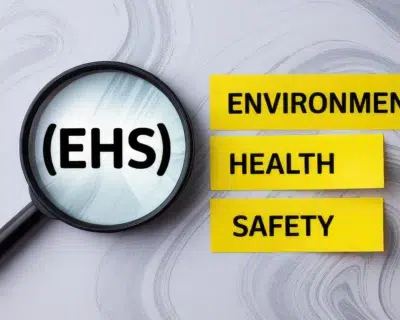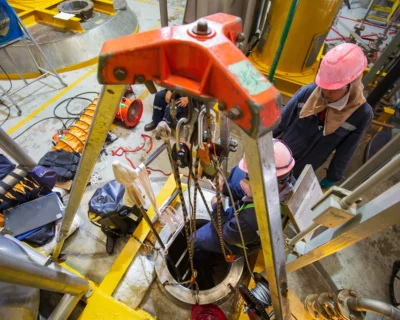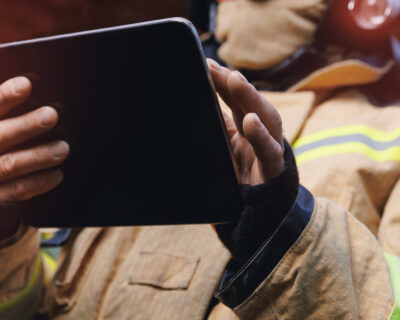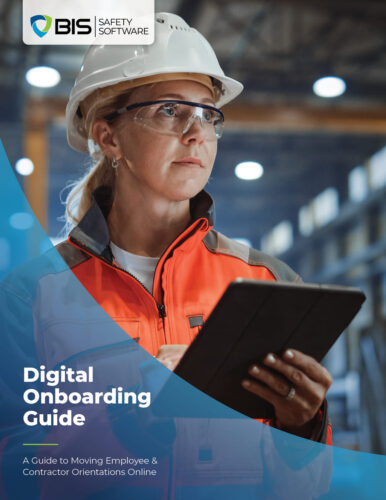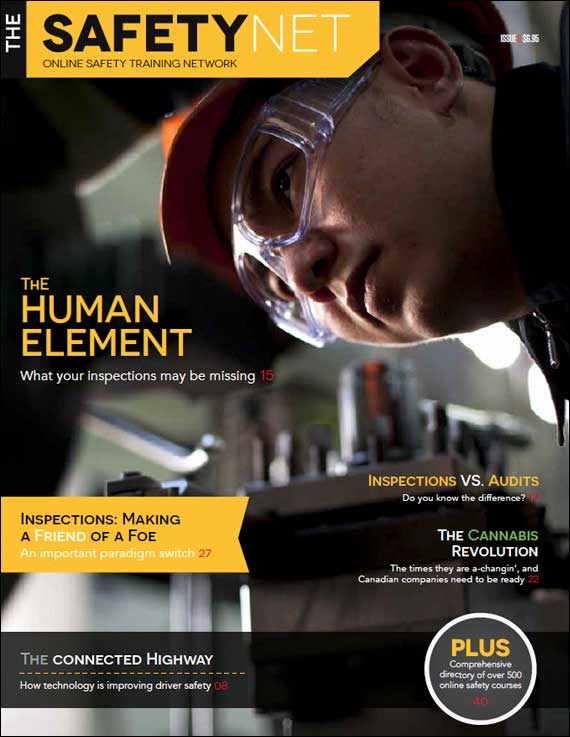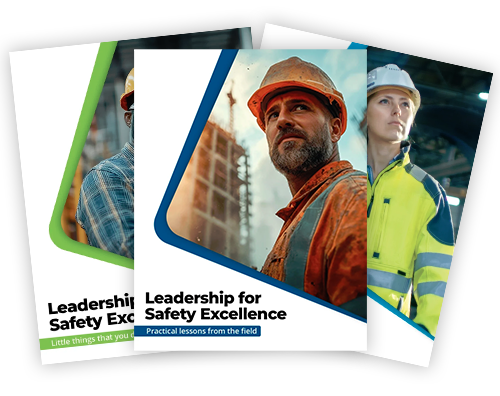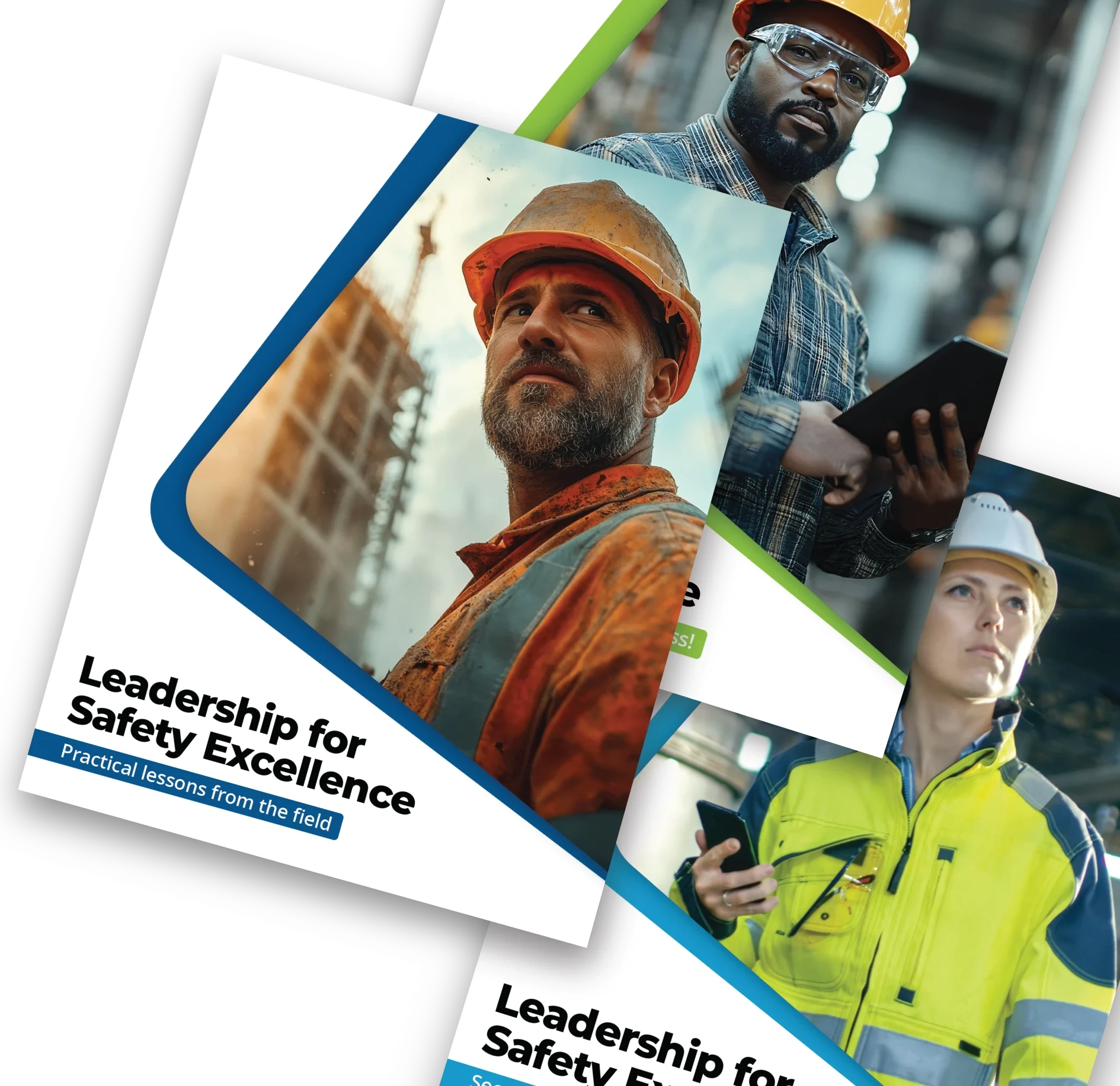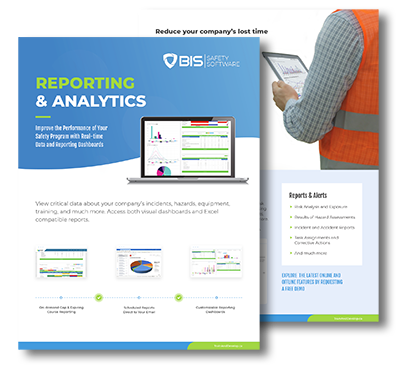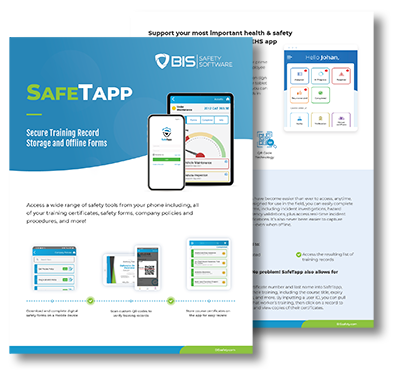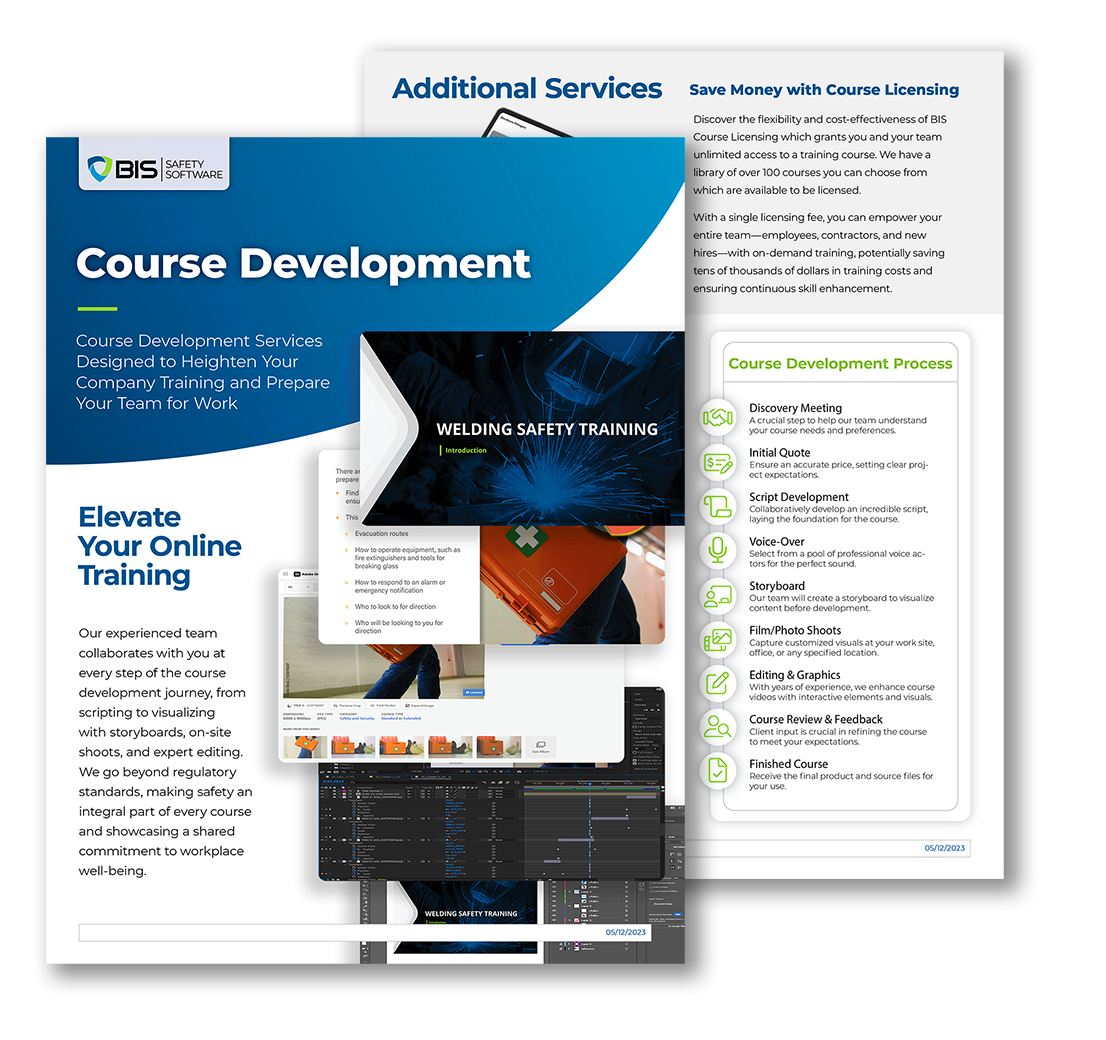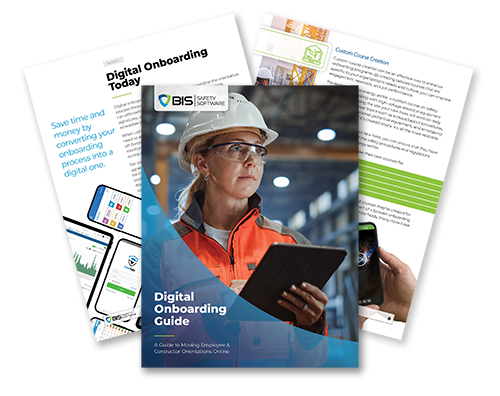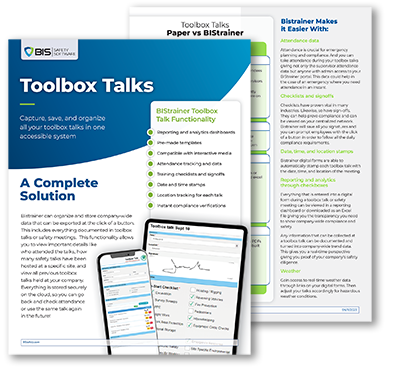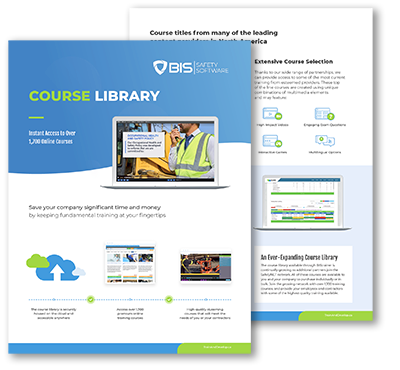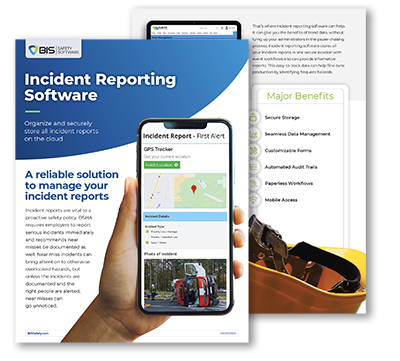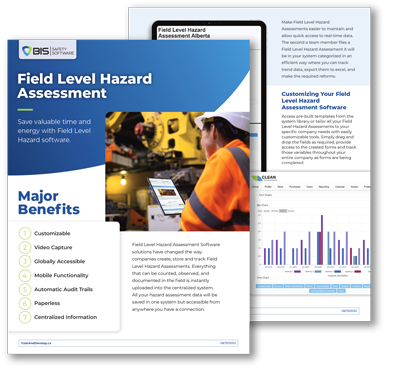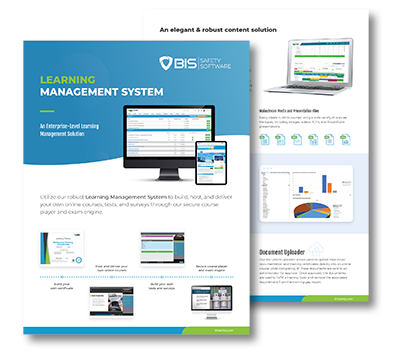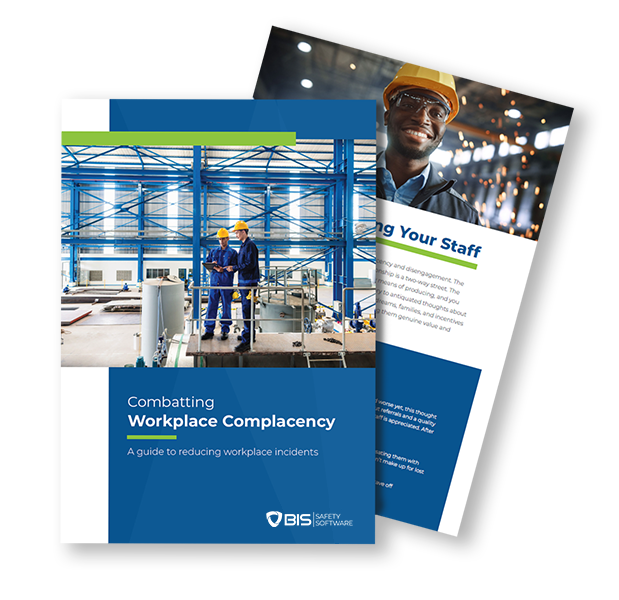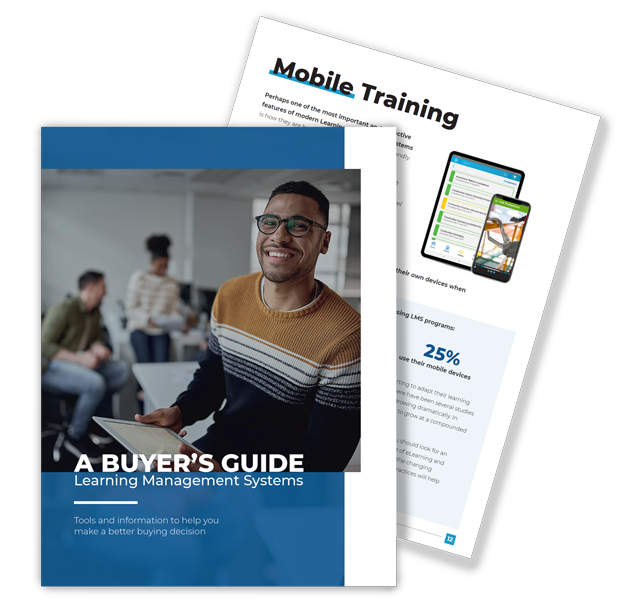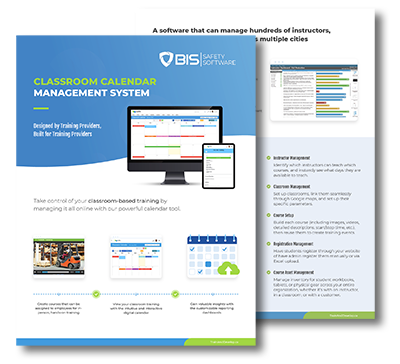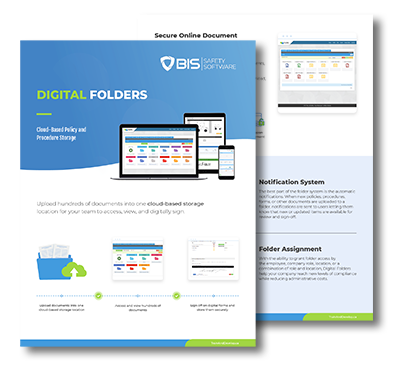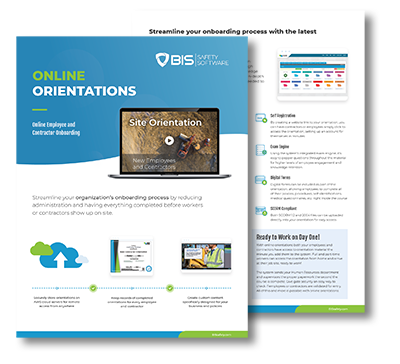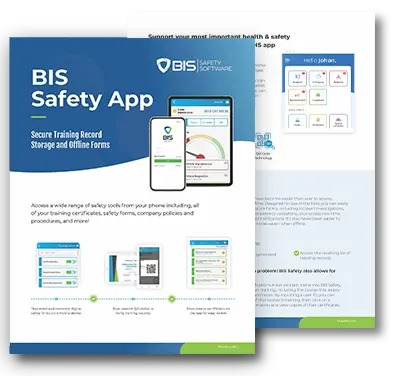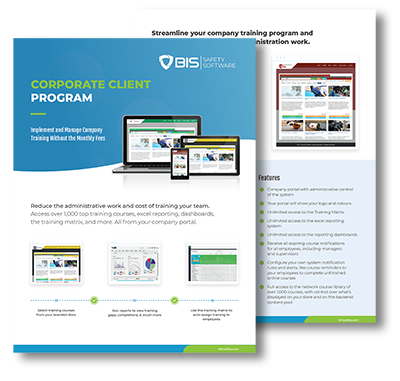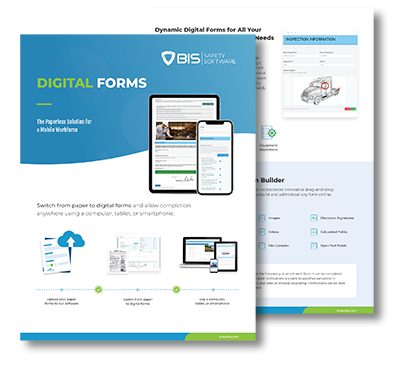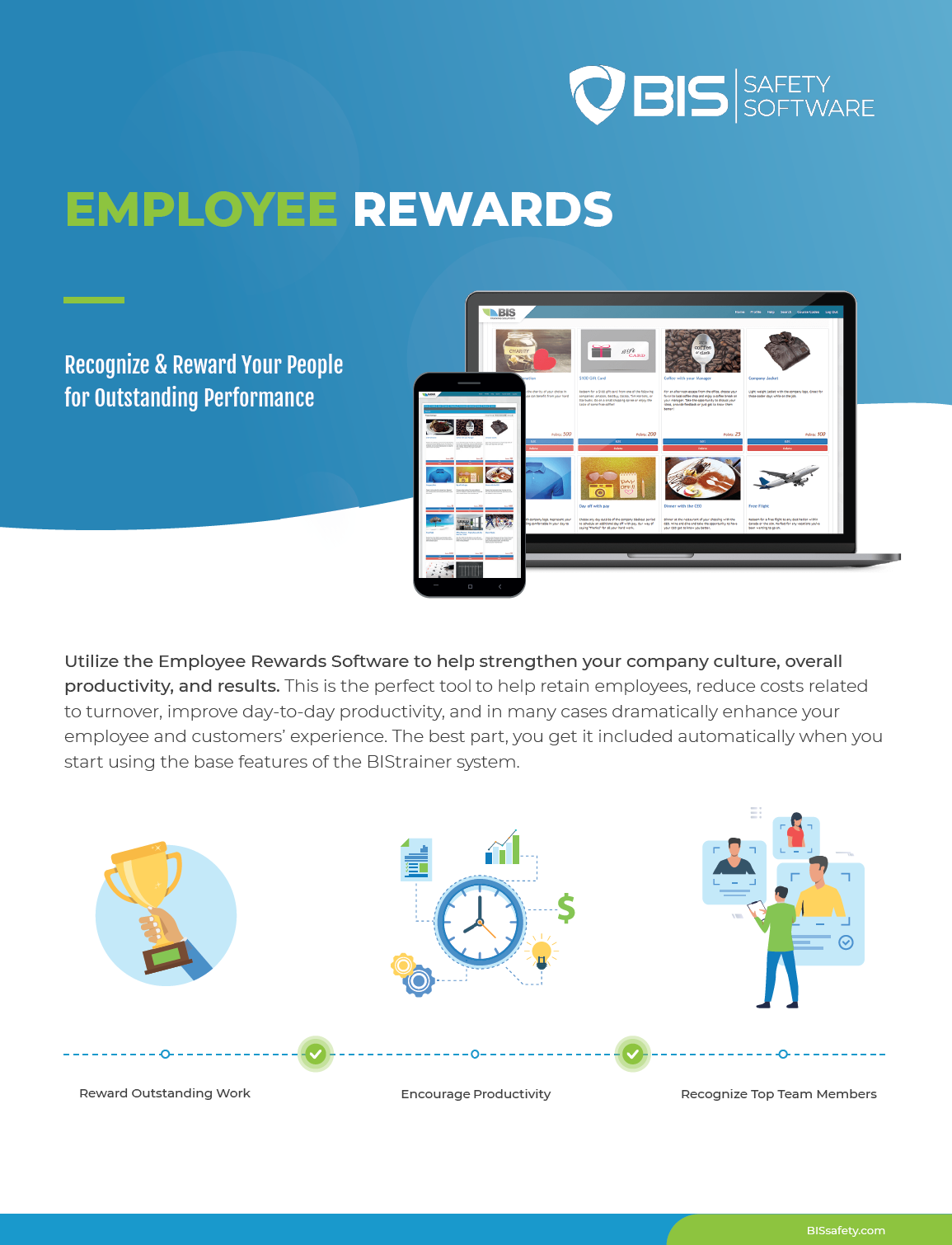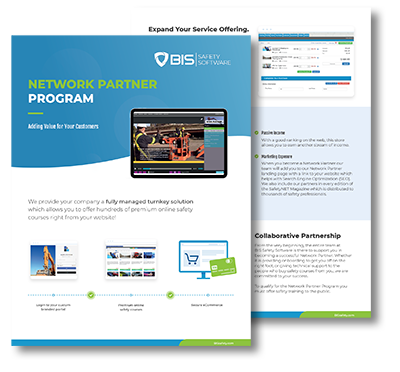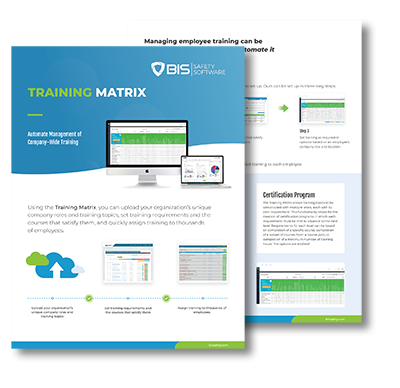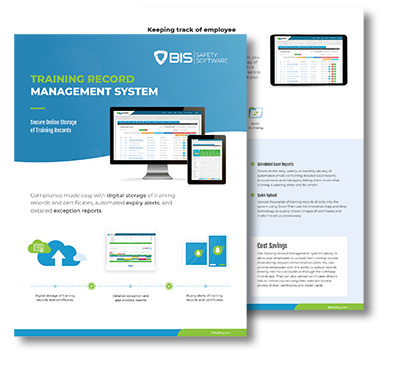
Making Safety Second Nature
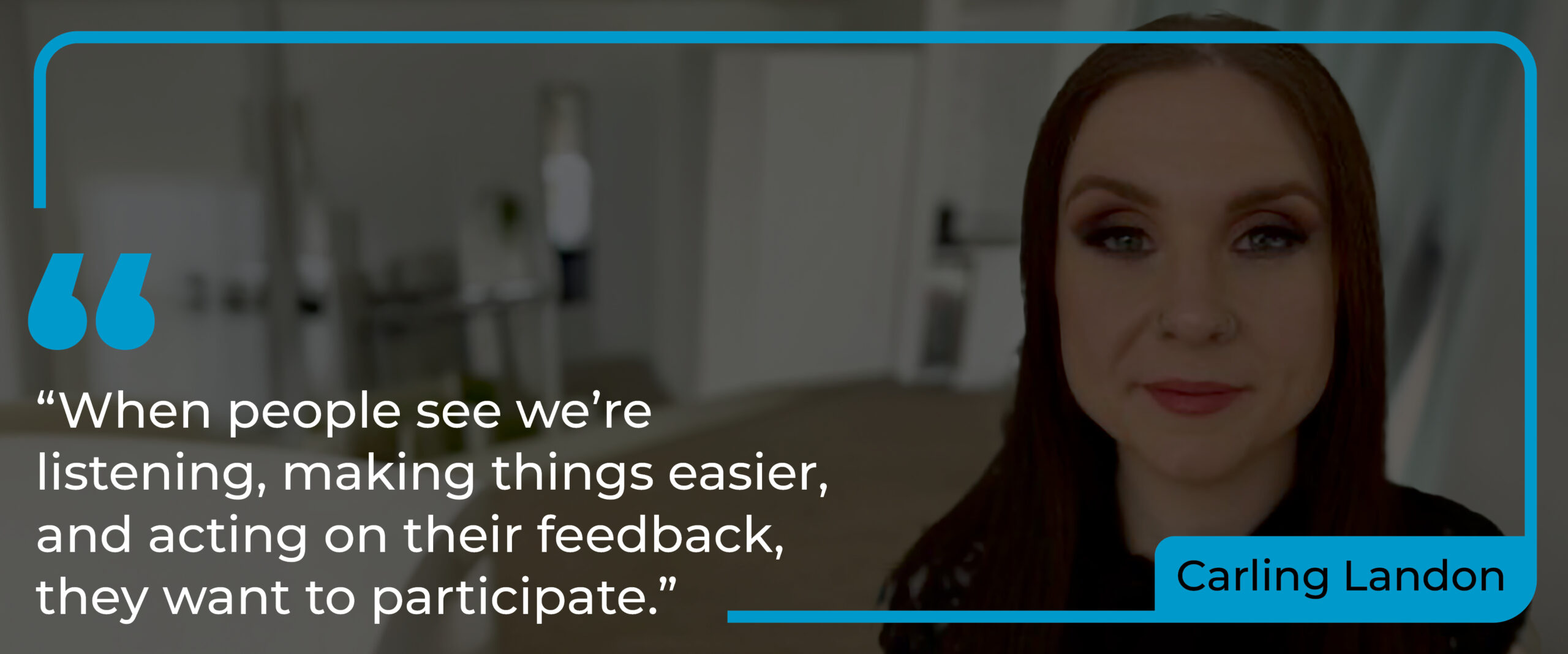
Making Safety Second Nature
Ten years ago, Carling Landon never pictured herself leading workplace safety initiatives. At 21, she was still exploring career options when her husband suggested a new direction: safety.
Intrigued, Carling began taking safety courses and hands-on jobs that built her experience over time. Her dedication paid off, today, she serves as Health and Safety Manager at Driving Force. Alongside her is Gift Avwomakpa, her safety partner and advisor, whose journey began in healthcare.
“I wanted something different,” Gift recalls. “Nursing felt repetitive, and I needed a new challenge. Health and safety was tough to grasp initially, but once I completed my training, I realized how versatile it is. You can take it anywhere.”
Together, the two women are changing what safety means at work, removing the intimidation, building trust, and making compliance feel collaborative rather than controlling.
From Overcomplicated to Understandable
When Carling joined Driving Force, she quickly realized the company’s safety program was overly complex.
“It was overwhelming,” she says. “Even employees who used it regularly were getting lost. We were spending dozens of hours each month retraining on the same tasks.”
The issue wasn’t with staff, it was the system.
“The design didn’t support the user experience,” Carling explains. “It forced you through confusing steps that didn’t flow logically.”
So, she and Gift set out to rebuild it. By trimming redundant steps, simplifying procedures, and optimizing everything for mobile use, they made the system functional and intuitive.
Now, employees can complete safety meetings, inspections, and reports on their phones, snapping photos, adding notes, and submitting in real time.
“The best part,” Gift says, “is hearing from workers who say, ‘This is so much easier.’ They’re confident using it on their own now.”
Building Commitment from the Ground Up
Carling believes true safety success begins with those doing the work every day.
“If the people on the floor don’t support the system, then the program won’t last,” she says.
That’s why she and Gift see their role as facilitators, not enforcers.
“Safety shouldn’t feel punitive,” Gift adds. “We’re here to support workers and improve processes, not to point fingers. When the system is built around their needs, it works naturally.”
Their approach replaces the question “Why should I?” with “Why not?”
“When people see that we’re simplifying things and acting on feedback, participation grows,” Carling notes.
Progress That Drives Itself
This cultural shift has created real results.
More employees complete their safety tasks on time. Reports are more accurate. Hazards are addressed faster. And branches now manage compliance independently instead of relying on constant corporate reminders.
“It’s a momentum effect,” Carling explains. “Once workers believed the system helped them, adoption took off. Now when we roll out updates, there’s less resistance, people know the changes are for their benefit.”
Looking Ahead
Carling and Gift aren’t finished refining their program. Their next goal is to revamp employee orientations, another area where workers tend to struggle. They plan to streamline the process, establish consistency across branches, and then move on to fine-tune other elements piece by piece.
They’re also big on experimentation.
“Not every idea lands perfectly,” Carling admits. “But we test, adjust, and keep going. The goal is steady improvement.”
Redefining What Safety Means
For Carling and Gift, safety isn’t about adding layers of complexity, it’s about real solutions that fit into everyday work. Their approach has turned a once-daunting safety program into one that employees actually value.
Safety has evolved from a rulebook to a shared responsibility and that’s exactly the kind of culture they’re building.
Keep It Simple. Build Trust. Adapt as You Grow.



